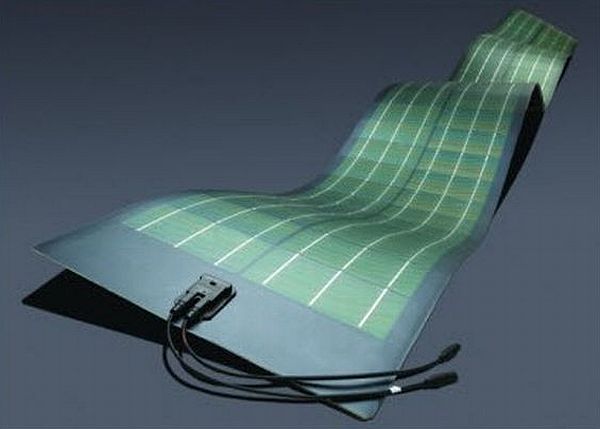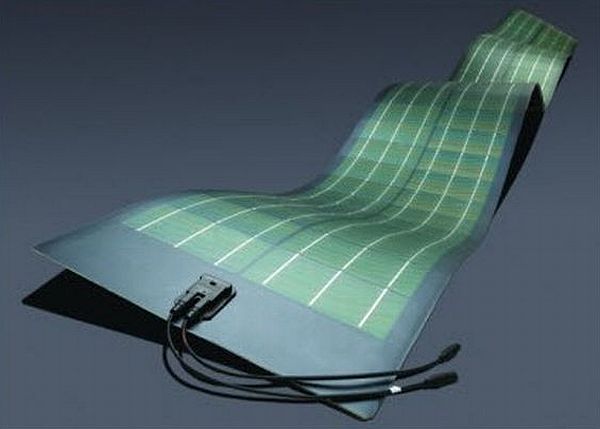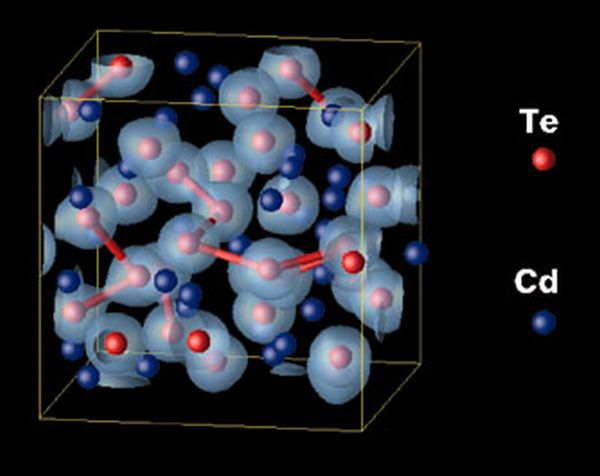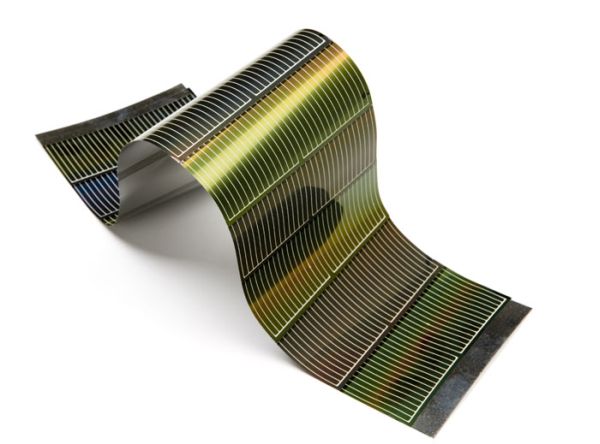
As people have started torecognize the promising potential of renewable energy sources, they are tryingto make use of these free energy sources in every possible way. Solar energy isone such thing that has many practical reasons for shifting focus to therenewable sources. People are making use of solar energy product and solarpanels in their homes, as the solar technology is now much more affordable thanit ever was before. With new manufacturing and installing techniques of solarpanels, they have become more cost efficient and certainly arenât hard to findin todayâs green-focused society. With a wide range of advantages, thin filmsolar panels promise to cut down the prices involved.
Thin film silicon solar cells employs a very thinlayer of silicon that it is 1/100 of the thickness of a human hair and thesesolar cells are expected to greatly expand thepotential of solar energy. The crystalline silicon applied, makes this solarcell more flexible and sleek. These thin film solar cells can be applied tothin sheets and make a solar panel like a sheet of good quality paper and socan be integrated on the roof tops of building and homes. These solar panelsare lightweight, portable, compact and also generate efficient energy. The production of these thin film solar cellsis quite inexpensive making solar energy cheaper and readily affordable.
Trends
1. New3D design of thin film solar cells substantially enhances overall efficiency

Scientist from from theAcademy of Sciences of the Czech Republic teamed up with experts from theSwiss-based group Oerlikon Solar Lab to develop thin film solar cells thatcould provide energy with a much better efficiency than the regular thin filmsolar cells. This new 3D design of thin film solar cell is composed of anano-structured substrate made up of orderly arranged zinc oxide (ZnO)nanocolumns or a honeycomb array of microholes or nanoholes engraved into thetransparent conductive layer of ZnO. The design is called ‘Swiss cheese’ by theteam. Optically thick cell are utilisedin this advance design as they have a greater capacity to soak light and thedistance between the electrodes is also reduced. The resultant cells are moreenergy efficient than the traditional solar cells and are also morecost-effective.
2. Flexible Solar Panels with extremeperformance and low cost

The PowerFLEX is a solar module of Global Solar Energy Inc of Tucson, AZ, USA. The companymakes copper indium gallium diselenide (CIGS) thin-film photovoltaic cells andmodules. These thin film PV modules are very light, weighing just just 3.5kg/m2 and are therefore best suited for industrialroofs which are often not so capableof bearing the weight of thick photovoltaic panels installations. Because ofthe flexibility and light weight of the module no roof perforations or mountinghardware are required. Because the power FLEX modules are made up of CIGS solarmaterial, they are therefore claimed to have a relatively higher efficiencythan the other flexible solar cells available in market. The solar materialused is less expensive and require no additional frame or rack to fit inthereby reducing the installation cost.
3. New Solar PanelsProduced at Less Than $1 Per Watt

The research team of Colorado State University has developed a new way of manufacturing thin film photovoltaic panels which cost less and have a high efficiency. These new solar panel make use of cadmium telluride technology. In place of making use of costly crystalline silicon, the new technology makes use of glass coating with a cadmium telluride thin film. These solar panels produce high efficiency and are much cheaper than the existing technologies. It will cost less than 1 $ per watt to the consumer. AVA Solar is the company making a mass production of these thin film solar panels.
TheBenefits
The thin film solarpanels are very easy to install on any kind of surface as they weigh less andare very flexible. The light weight and flexibility make them portable and veryeasy to mount on any place without the need of any racks or special areas. The thin film solar cells are less fragileand are unlikely to be easily damaged. Because of the sleek structure of these cells, their production ischeaper and also the consumers pay less for their power generation in terms ofthe price per watt.
TheLowdown
The thin film solar cells arethough cheap and can be handled without any hassle with a minimal maintenancerequired, but they still attain a lower efficiency than traditional solarpanels. The thin film technology makes use of either of amorphous silicon(a-Si), copper indium gallium selenide (CIGS) or cadmium telluride (CdTe).Amorphous silicon can be derived from the traditional solar panels but theother two are based on heavy metals. Their production might be cheap and theymay be more efficient at conversion of sunlight but these materials are toxicfor the environment. Another drawback of thin film solar energy isintermittency. Well, this problem is also related with the customary solarpanels too. During the night, we get a break from the sunlight, which is alsodiminished by the clouds and so cannot be counted at all times. Well thisintermittency problem can be omitted as more efficient storage methods arebeing developed to conserve energy.
The impact
Thinfilm solar cells have a long list of advantages compared to the conventionalsilicon solar cells as we have discussed above. The only apparent drawback ofthese sun harnessing modules is the low efficiency. To eliminate this drawbackthe scientist are seeking a way out. New technologies are being discovered to enhancethe energy efficiency of the thin film solar cells. Overlooking thedisadvantages, people seem to be keenly interested in buying these easilyaffordable photovoltaic panels and installing them in their household togenerate their own electricity from a renewable resource.




